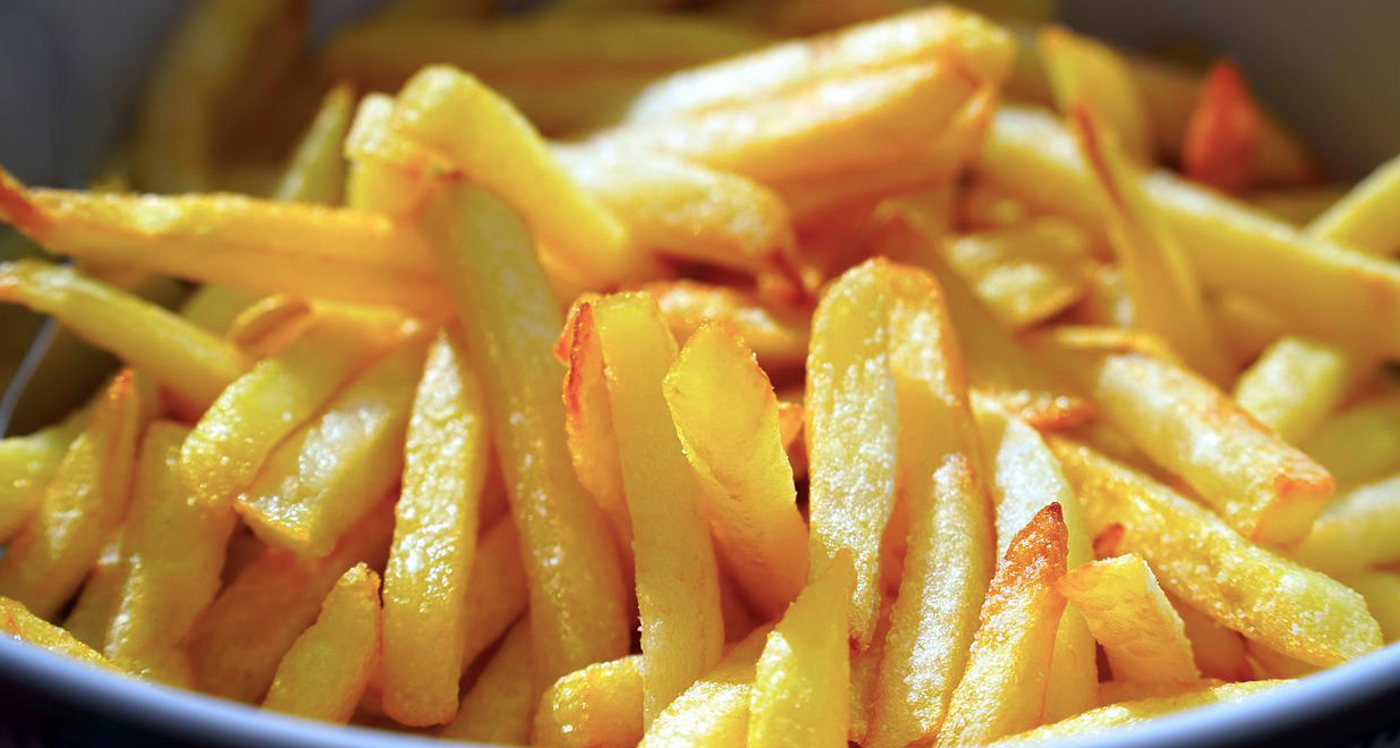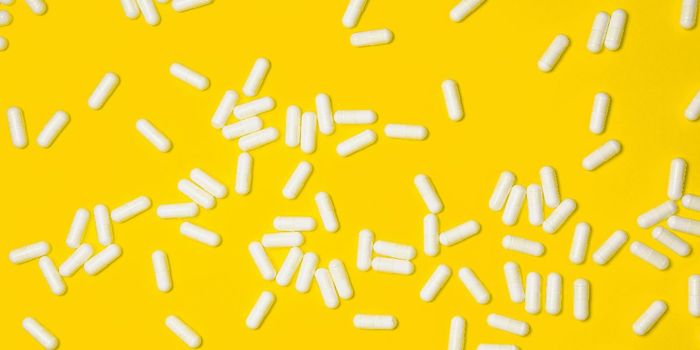Cravings for Fatty Foods can Come From the Gut
While there are important neural circuits in the hypothalamus that help us sense our own hunger and when we feel full after a meal, it seems the gut also has a say in the matter. The gut and brain are directly linked through neural connections, and new research has shown that when fat enters the intestine, it triggers a signal that moves from the gut and along nerves to the brain, where it encourages the body to eat more fatty foods. This work, which used a mouse model and still has to be confirmed in humans, has suggested that there may be a way to disrupt this gut-brain connection, which may prevent unhealthy overeating. The findings have been reported in Nature.
“We live in unprecedented times, in which the overconsumption of fats and sugars is causing an epidemic of obesity and metabolic disorders,” said first study author Mengtong Li, PhD, a postdoctoral researcher in the lab of Howard Hughes Medical Institute investigator Charles Zuker, PhD, of Columbia’s Zuckerman Institute.
“If we want to control our insatiable desire for fat, science is showing us that the key conduit driving these cravings is a connection between the gut and the brain,” she added.
Previous research from the Zuker lab has shown that glucose triggers a circuit that tells the brain when sugar hits the intestines. Artificial sweeteners that are calorie-free don't have that impact, however. This might help explain why diet soda may encourage overeating.
“Our research is showing that the tongue tells our brain what we like, such as things that taste sweet, salty, or fatty,” said Zuker. “The gut, however, tells our brain what we want, what we need.”
In this study, mice were offered water that also contained fat, or water that contained tasty sweet substances that don't influence the gut. It only took the mice a couple of days to develop a preference for the water with fat. When the researchers performed the same test with genetically engineered mice that could not taste fat on their tongues, the same thing happened.
“Even though the animals could not taste fat, they were nevertheless driven to consume it,” Zuker explained.
The investigators hypothesized that the fat was triggering brain circuits that were changing mouse behavior. Li looked for the circuit, and found neurons in the caudal nucleus of the solitary tract (cNST) that became active when the animals ingested fat. The vagus nerve was shown to be carrying signals from the intestine to the cNST when there was fat in the mouse intestines.
Further work showed that there were two kinds of cells in the intestinal lining that were signaling to the vagal neurons when fat was detected. “One group of cells functions as a general sensor of essential nutrients, responding not only to fat, but also to sugars and amino acids,” Li explained. “The other group responds to only fat, potentially helping the brain distinguish fats from other substances in the gut.”
Using drugs, the activity in these cells was blocked, which prevented the fat signals from moving to the vagal neurons. With genetic engineering, the vagal neurons or the neurons in the cNST were deactivated. When any of these modifications were made, the mice no longer wanted fat.
“These interventions verified that each of these biological steps from the gut to the brain is critical for an animal’s response to fat,” said Li. “These experiments also provide novel strategies for changing the brain’s response to fat and possibly behavior toward food.”
Sources: Columbia University, Nature









